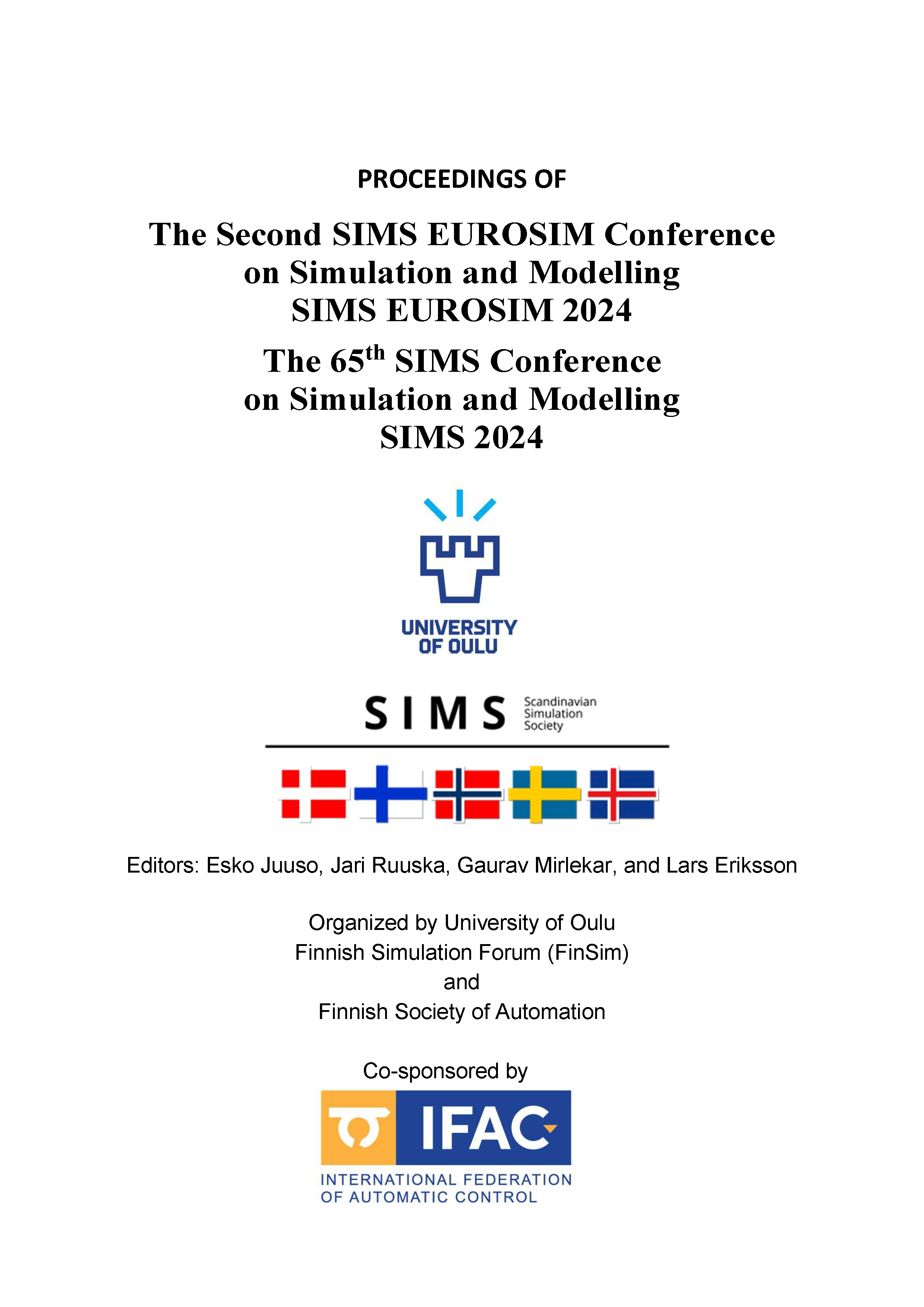Utilizing computational thermodynamics in characterization and classification of non-metallic inclusions in Ti-deoxidized steels
DOI:
https://doi.org/10.3384/ecp212.025Keywords:
computational thermodynamics, non-metallic inclusions, steelAbstract
Non-metallic inclusions (NMIs) are micrometer-sized particles observed in all steel materials, often considered detrimental. In this study, NMIs in titanium-deoxidized steels were investigated, complemented with thermodynamic assessment for more accurate phase characterization. The NMIs were analyzed with a Jeol JSM-7900F FESEM-EDS (Field Emission Scanning Electron Microscope equipped with Energy Dispersive X-ray Spectroscope). For automated particle analyses on FESEM, Aztec Feature runs were carried out on polished steel samples, providing the elemental composition, in addition to morphological data, for each observed NMI. Utilizing the obtained EDS analyses, the fractions of oxides (Al2O3, MnO, TiOx), manganese sulfide (MnS), and titanium nitride (TiN) in each NMI are estimated with a MATLAB script. Based on the estimated phase contents, a composition-based classification method for the NMIs is presented. To visualize the phase contents of the observed NMIs, the calculated compositions are plotted on MnO–TiO2–Ti2O3 ternary diagrams. Computational thermodynamics software FactSage 8.3 was firstly utilized to estimate the fully liquid NMI composition region at steelmaking temperatures in the considered ternary oxide system of MnO–TiO2–Ti2O3. Secondly, the thermodynamic stability of NMI phases in the steel was assessed with decreasing temperature during the solidification of steel. The current study demonstrates how computational thermodynamics can be utilized in characterization and classification of non-metallic inclusions and giving insight on their formation during solidification of steel.Downloads
Published
2025-01-13
Issue
Section
Papers
License
Copyright (c) 2025 Tuomas Alatarvas, Henri Tervo, Antti Kaijalainen, Qifeng Shu

This work is licensed under a Creative Commons Attribution 4.0 International License.

